Alexandros A. Taflanidis
An advanced spatio-temporal convolutional recurrent neural network for storm surge predictions
Apr 18, 2022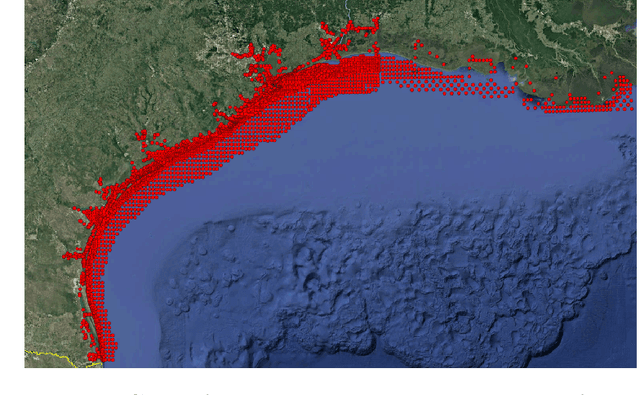
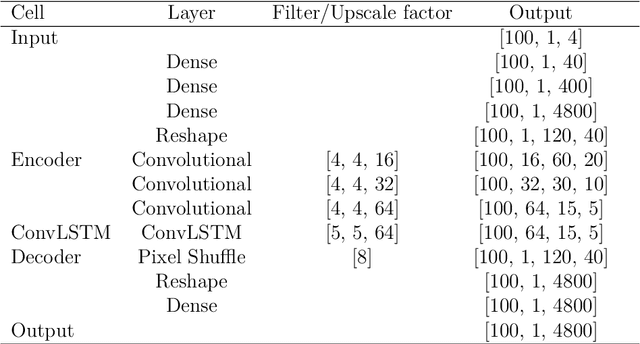
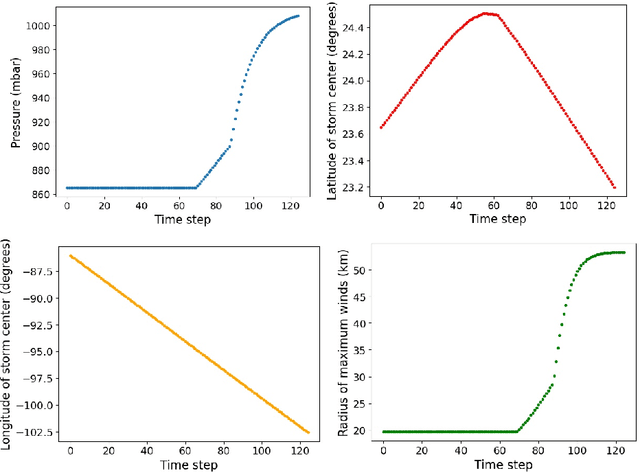

Abstract:In this research paper, we study the capability of artificial neural network models to emulate storm surge based on the storm track/size/intensity history, leveraging a database of synthetic storm simulations. Traditionally, Computational Fluid Dynamics solvers are employed to numerically solve the storm surge governing equations that are Partial Differential Equations and are generally very costly to simulate. This study presents a neural network model that can predict storm surge, informed by a database of synthetic storm simulations. This model can serve as a fast and affordable emulator for the very expensive CFD solvers. The neural network model is trained with the storm track parameters used to drive the CFD solvers, and the output of the model is the time-series evolution of the predicted storm surge across multiple nodes within the spatial domain of interest. Once the model is trained, it can be deployed for further predictions based on new storm track inputs. The developed neural network model is a time-series model, a Long short-term memory, a variation of Recurrent Neural Network, which is enriched with Convolutional Neural Networks. The convolutional neural network is employed to capture the correlation of data spatially. Therefore, the temporal and spatial correlations of data are captured by the combination of the mentioned models, the ConvLSTM model. As the problem is a sequence to sequence time-series problem, an encoder-decoder ConvLSTM model is designed. Some other techniques in the process of model training are also employed to enrich the model performance. The results show the proposed convolutional recurrent neural network outperforms the Gaussian Process implementation for the examined synthetic storm database.
Convolutional generative adversarial imputation networks for spatio-temporal missing data in storm surge simulations
Nov 26, 2021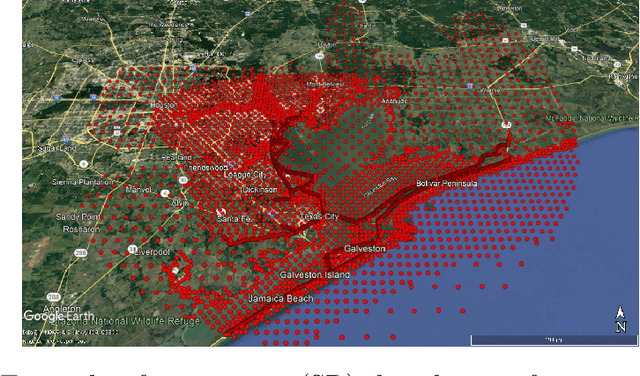
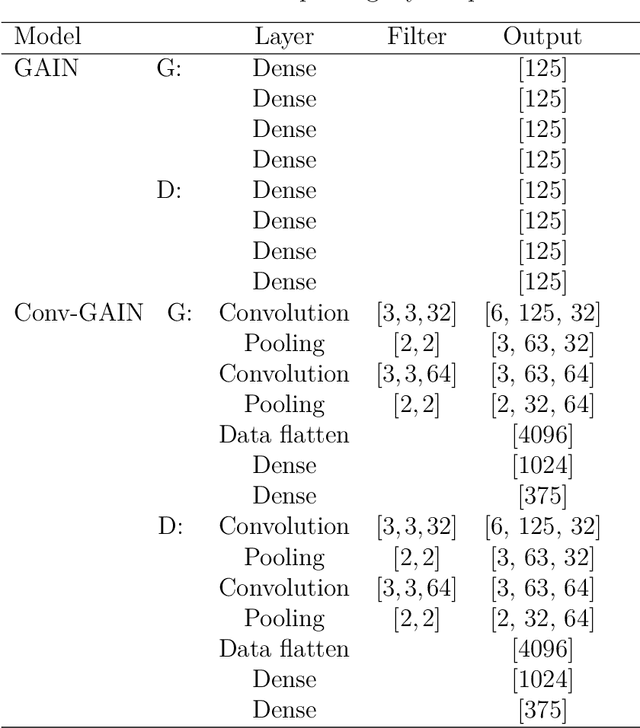
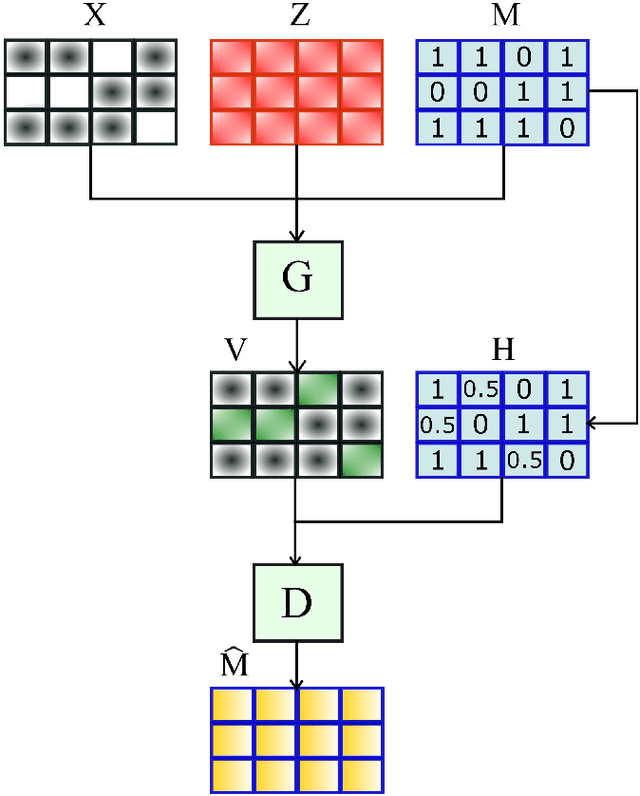

Abstract:Imputation of missing data is a task that plays a vital role in a number of engineering and science applications. Often such missing data arise in experimental observations from limitations of sensors or post-processing transformation errors. Other times they arise from numerical and algorithmic constraints in computer simulations. One such instance and the application emphasis of this paper are numerical simulations of storm surge. The simulation data corresponds to time-series surge predictions over a number of save points within the geographic domain of interest, creating a spatio-temporal imputation problem where the surge points are heavily correlated spatially and temporally, and the missing values regions are structurally distributed at random. Very recently, machine learning techniques such as neural network methods have been developed and employed for missing data imputation tasks. Generative Adversarial Nets (GANs) and GAN-based techniques have particularly attracted attention as unsupervised machine learning methods. In this study, the Generative Adversarial Imputation Nets (GAIN) performance is improved by applying convolutional neural networks instead of fully connected layers to better capture the correlation of data and promote learning from the adjacent surge points. Another adjustment to the method needed specifically for the studied data is to consider the coordinates of the points as additional features to provide the model more information through the convolutional layers. We name our proposed method as Convolutional Generative Adversarial Imputation Nets (Conv-GAIN). The proposed method's performance by considering the improvements and adaptations required for the storm surge data is assessed and compared to the original GAIN and a few other techniques. The results show that Conv-GAIN has better performance than the alternative methods on the studied data.
 Add to Chrome
Add to Chrome Add to Firefox
Add to Firefox Add to Edge
Add to Edge